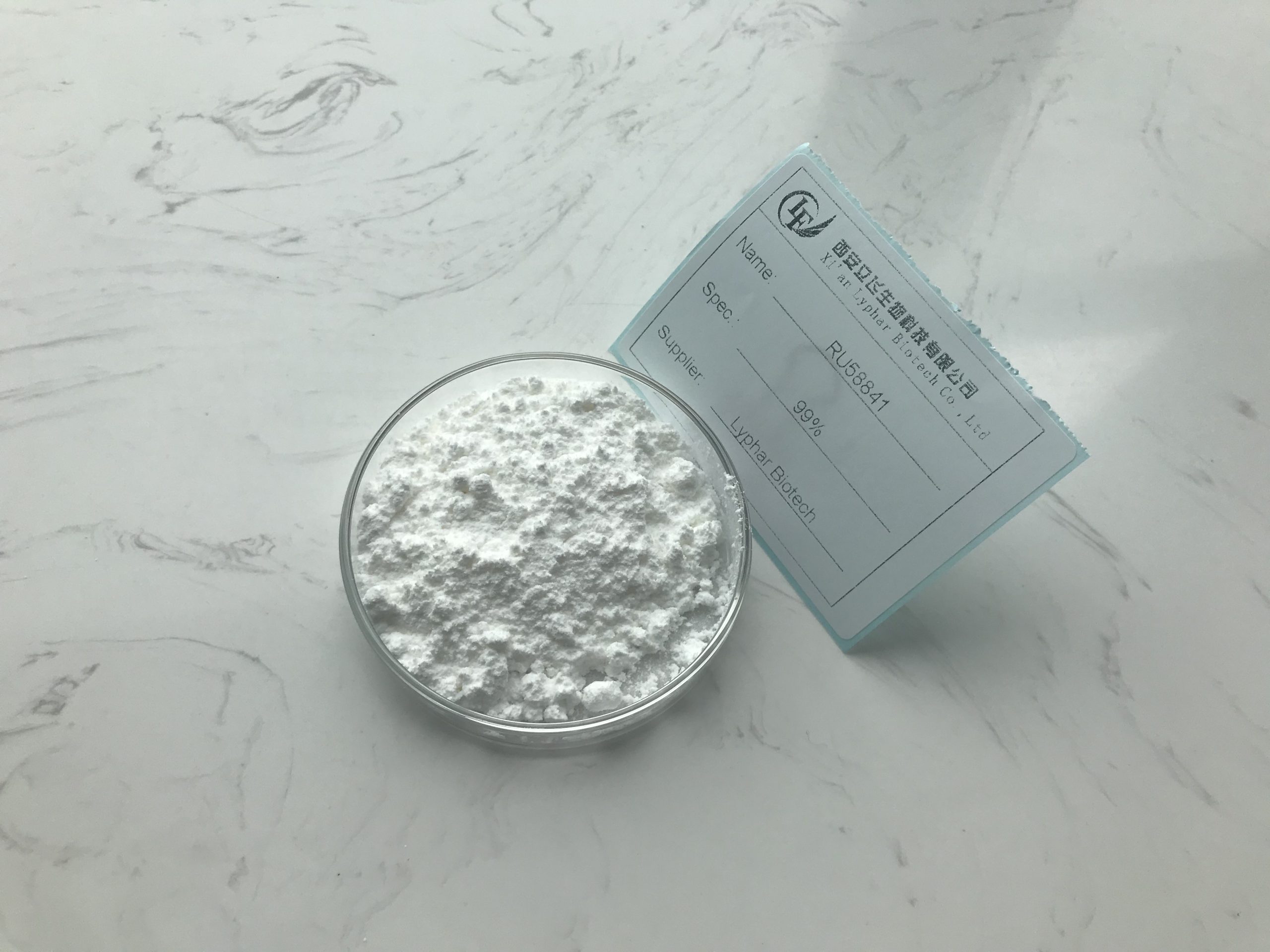The Introduction of RU58841
The focus of this discourse is RU58841, a research drug designed to inhibit Dihydrotestosterone (DHT) — one of the primary causes of androgenetic alopecia, commonly known as male pattern baldness. Known as a non-steroidal antiandrogen medication, RU58841 was initially developed in the 1980s for localized treatment of acne and androgenetic alopecia.
RU58841 operates under several nomenclatures, including PSK3841 or HMR3841. Following the acquisition of the original product’s rights by a new company, the drug was subsequently renamed.

The Origin of RU58841
The conception of RU58841 dates back to the 1970s, as an idea proposed by a French pharmaceutical company called Roussel Uclaf. Despite being created in the 1980s, most research towards its development progressed into the 1990s.
Scientists intended to create an effective medication that, when used topically, could control acne and androgenetic alopecia without the systemic side effects commonly associated with other antiandrogen medications. The efficacy of RU58841 was initially tested on rat and hamster models, yielding promising results even at a meager dosage of 0.001mg. Remarkably, its effects remained localized even at higher doses of 0.01mg.
Commercial Journey of RU58841
Since its conception, the rights to RU58841 have been acquired and relinquished by several companies. Ultimately, ProStraken obtained all rights to RU58841 and renamed it PSK3841. Two human clinical trials were conducted under their stewardship, one Phase I trial involving a 5% solution used twice daily for four weeks, and a Phase II trial comparing a placebo with a 2.5% and 5% solution of RU58841 over six months.
Despite promising results, the trials were not published. ProStraken also intended to commence a Phase III trial, but the company was acquired by a Japanese company called Kyowa Kurin, and the project was subsequently abandoned due to financial reasons.
Following this, no similar human research has been published in peer-reviewed medical journals. Some monkey-based studies have been conducted, finding that the optimal dose of RU58841 is 5% and comparing it with finasteride. These studies concluded that hair growth in monkeys increased by 103% with RU58841, compared to 88% with finasteride, with no changes in serum DHT levels for the former.
Mechanism of Action of RU58841
The mechanism of action of RU58841 is distinct from other antiandrogen medications. While most of these drugs operate by reducing or blocking the synthesis of DHT, RU58841 competitively binds with DHT receptors, effectively preventing DHT from attaching to these receptors without reducing DHT production. This mitigates the risk of systemic side effects typically arising from reduced DHT production, such as sexual side effects.
Similar to finasteride but without the side effects, RU58841 works by inhibiting the miniaturizing effects of DHT, increasing the percentage of hairs in the growth phase, and potentially improving hair density and diameter. Notwithstanding these promising properties, the FDA has yet to approve its use for any disease management due to the absence of direct human research in over a decade.
